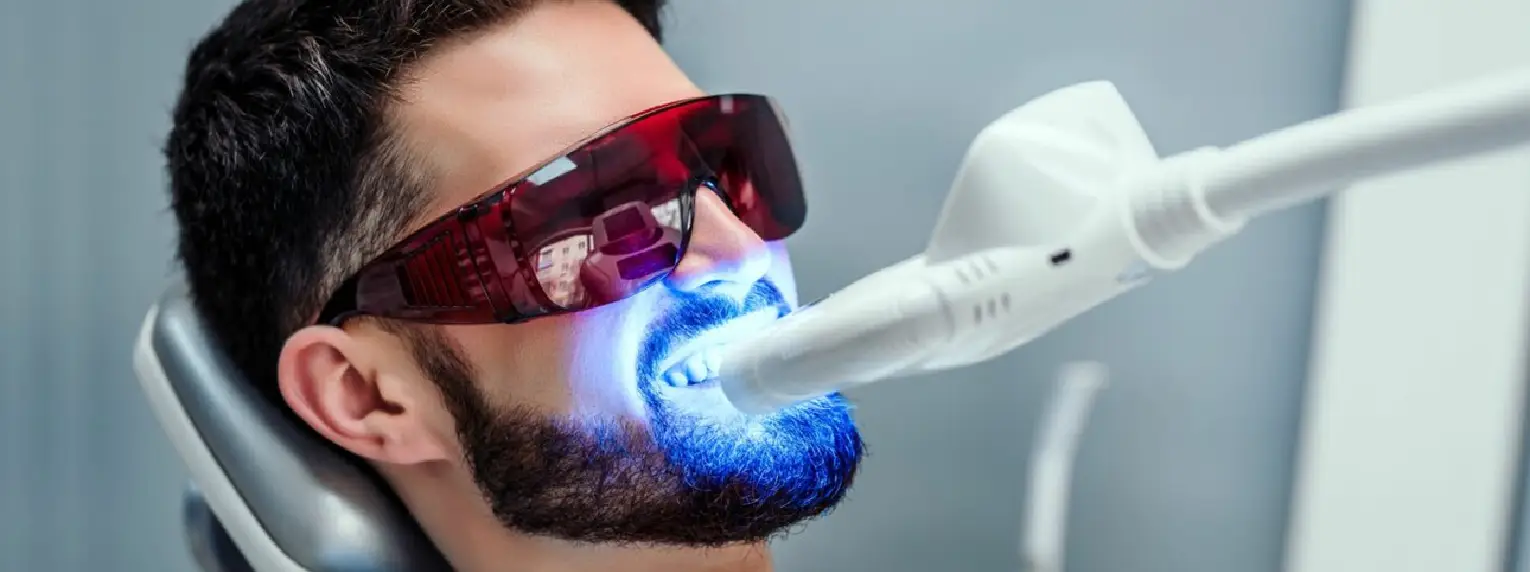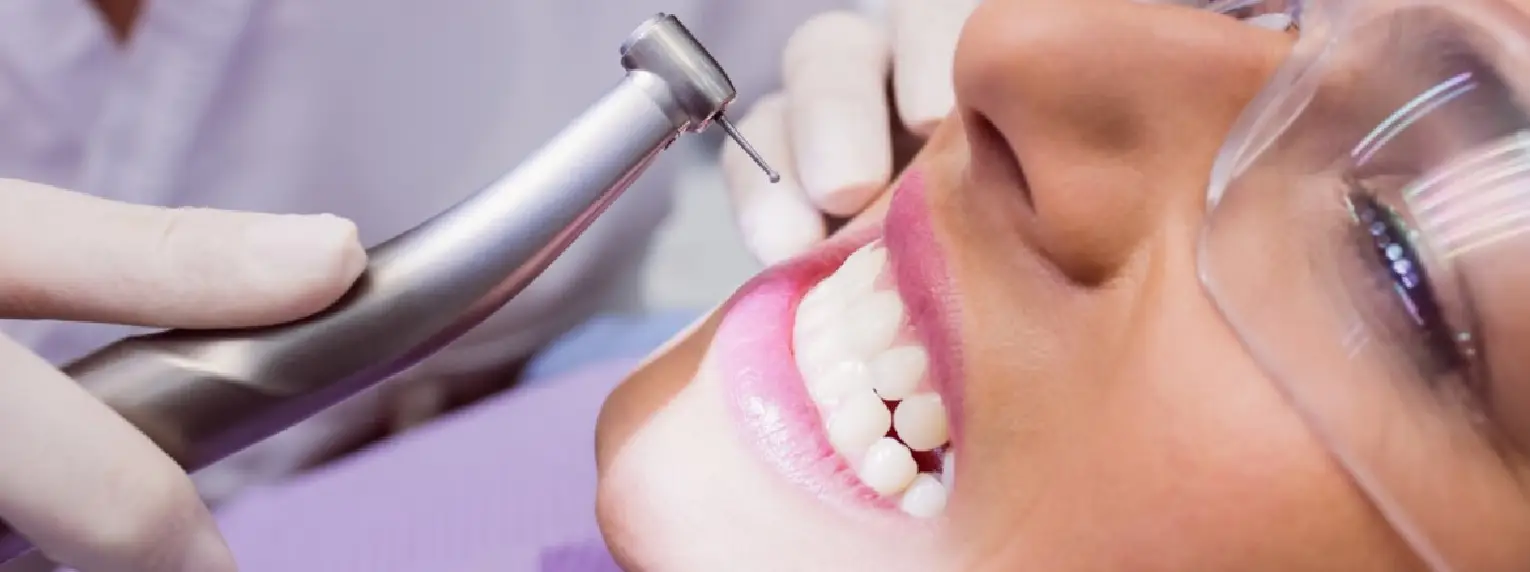Cosmetic Surgery
Cosmetic Procedure
Dentistry
Non Surgical Body Contour
Laser dentistry is an advanced, non-invasive dental treatment that uses focused light energy to treat a variety of dental issues. Lasers can be used for procedures involving soft and hard tissues, such as cavity removal, gum disease treatment, teeth whitening, and more. This technology allows for more precise, efficient, and comfortable dental treatments with minimal discomfort, faster healing times, and reduced risk of infection.
Why Choose Laser Dentistry in Dermatology?
In dermatology, we understand the importance of a healthy, beautiful smile in enhancing your overall facial aesthetics. Laser dentistry offers a state-of-the-art solution for individuals seeking effective dental care with minimal disruption to their daily lives. Laser treatments not only preserve the natural beauty of your smile but can also positively impact your facial structure and skin health by promoting faster healing and minimizing tissue damage.
Aesthetic Benefits of Laser Dentistry
● Minimally Invasive: Laser treatments are highly precise, requiring less drilling or cutting. This reduces the need for traditional anesthesia and helps preserve the healthy tissues around the treatment area, promoting smoother healing and less swelling.
● Gum Health and Skin Preservation: Laser dentistry is an excellent option for treating gum disease and other soft tissue issues. By targeting only the affected areas, lasers help preserve the surrounding skin and tissues, contributing to healthier gums and a more youthful facial appearance.
● Enhanced Smile Aesthetics: Laser teeth whitening and other cosmetic treatments help enhance the brightness and symmetry of your smile, contributing to overall facial aesthetics. A whiter, healthier smile can rejuvenate your appearance and boost your confidence.
How Does Laser Dentistry Work?
Laser dentistry utilizes specialized lasers that emit a concentrated light beam, which can be used to perform various dental procedures. The laser energy interacts with tissue to remove or reshape it, allowing for highly accurate treatments with minimal discomfort. Some common procedures performed with laser dentistry include:
1. Laser Teeth Whitening: A quick, effective treatment to brighten your smile and reduce discoloration. The laser activates the whitening gel, helping to whiten teeth faster than traditional methods.
2. Laser Gum Therapy: For patients suffering from gum disease, laser therapy can be used to target and remove infected tissue, allowing healthy tissue to regenerate more rapidly. This helps preserve the gums and the skin around your mouth.
3. Laser Cavity Removal: Lasers can be used to remove decay from teeth and prepare them for filling, with less discomfort than traditional drilling methods. This technique also reduces the risk of trauma to the surrounding tissues, ensuring a more comfortable experience.
4. Soft and Hard Tissue Procedures: Lasers can be used for other procedures, such as reshaping gums, treating cold sores, or even removing small lesions or growths in the mouth with minimal pain and bleeding.
Benefits of Laser Dentistry for Facial and Skin Health
● Faster Healing and Recovery: Laser dentistry promotes faster tissue regeneration, reducing healing time and minimizing swelling and discomfort. This ensures that your smile—and your skin—look and feel great in a shorter amount of time.
● Preserve Facial Aesthetics: Laser treatments can preserve the structure and integrity of your skin and soft tissues. Whether you’re addressing gum health or other oral issues, laser dentistry ensures that the surrounding skin remains undisturbed, supporting overall facial aesthetics.
● Non-Invasive and Comfortable: Unlike traditional treatments that may require stitches or prolonged recovery, laser dentistry is minimally invasive, offering a more comfortable experience with less bleeding and no need for sutures.
Aftercare for Laser Dentistry: Maintaining Your Smile and Skin Health
Following laser dentistry procedures, it’s important to follow proper aftercare to ensure optimal results:
● Oral Hygiene: Continue brushing and flossing gently after your treatment to keep your mouth healthy. Avoid hard or sticky foods that could irritate the treatment area during the initial healing phase.
● Hydration and Comfort: Drink plenty of water and use any recommended products, such as soothing gels or mouth rinses, to enhance your recovery process.
● Follow-Up Care: Attend follow-up appointments to ensure the treatment area is healing properly and to address any concerns.


